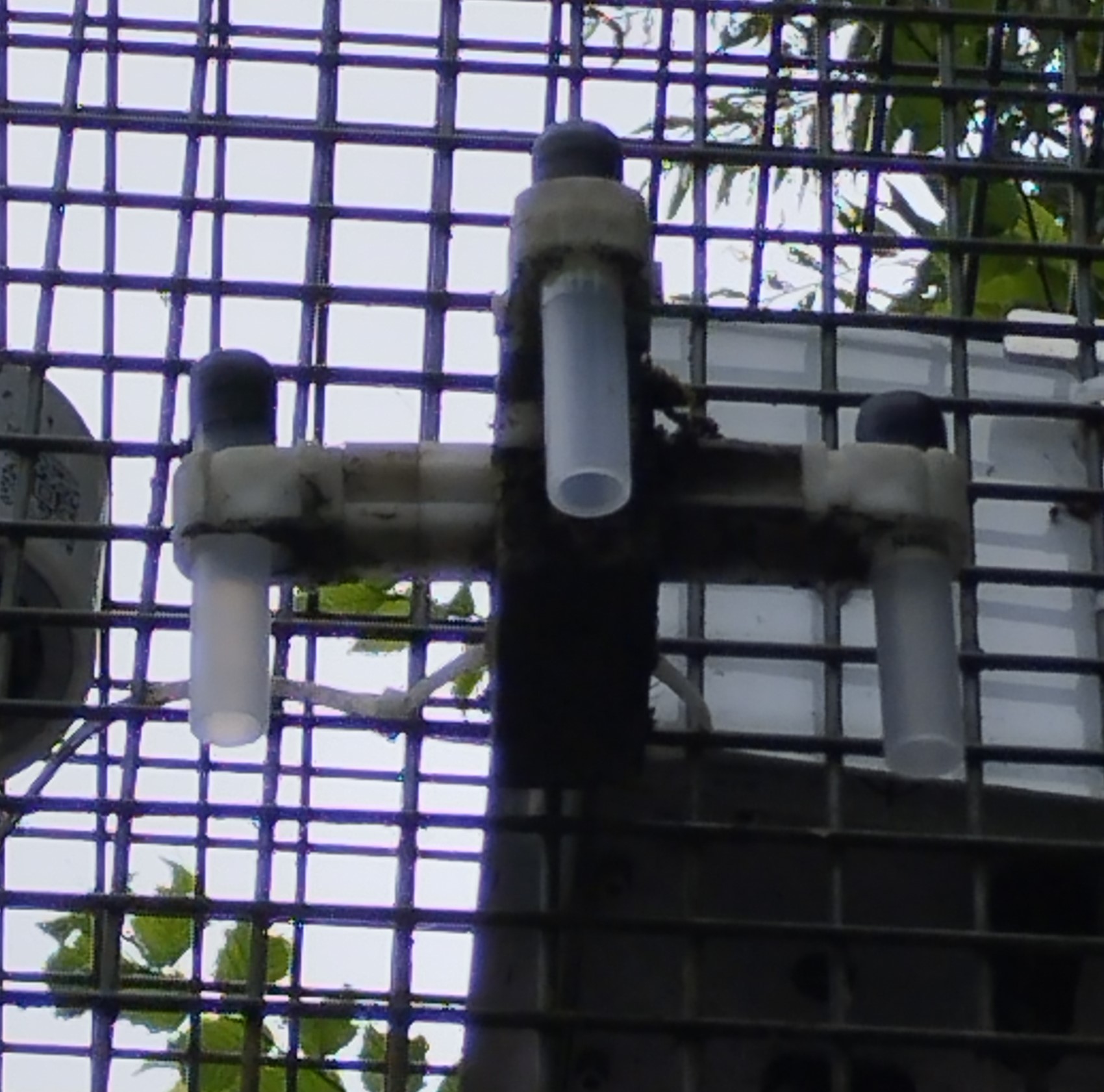There are a range of methods that can be used to monitor air pollutants. Each method has advantages and disadvantages. Regardless of the method, all data should be subject to robust quality assurance and control.
|
Air quality is monitored for the following reasons:
|
In Oxfordshire, air pollution is officially monitored and reported at about 350 locations. Three monitoring techniques are used by the local authorities in Oxfordshire to monitor air quality at those locations:
Automatic Monitoring
Automatic air quality monitoring stations (automatic monitors) produce typically hourly measurements which can be viewed by anyone in near to real-time. The data is corrected, maintained, and calibrated on a regular basis to ensure data is accurate and reliable. Automatic monitors draw in ambient air and measure the concentration of the pollutant in the sampled air. In Oxfordshire there are currently seven automatic monitoring sites, they all measure nitrogen dioxide. Two also measure particulates (PM10 and PM2.5), and one also measures ozone (O3).

Passive Monitoring (Diffusion Tubes)
Diffusion tubes absorb specific pollutants from ambient air, usually nitrogen dioxide. They can be used to indicate average pollutant concentrations, and therefore are useful for assessment against the long term (annual mean) UK objectives.

In Oxfordshire diffusion tubes are used for nitrogen dioxide monitoring. After the sample is collected, the diffusion tubes are transported to certified laboratories for analysis.
After receiving the results from the laboratory, diffusion tube data undergoes a correction procedure, to ensure the data is accurate and can be used for official reporting.
For any given year, the monthly results are averaged to produce the annual average for each monitoring location. This average is then adjusted at the end of the year, using a correction factor (also called "bias adjustment factor") which is calculated by direct comparison of all the monthly means obtained by diffusion tubes for the year, with the ones obtained by an automatic monitor (which is the most accurate measurement technique) at a specific location.
Air Quality Sensors
Air quality sensors tend to be simple, small and low power devices. They can be battery powered, mains powered or powered by solar energy. They provide data with high time resolution such as 1 minute average or less. Depending on the sensors used, data management services, with regards to quality control of data, might be required to ensure the accuracy of the air quality sensors.

For official monitoring and reporting, local authorities are only allowed to use the automatic and passive monitoring methods described above. This is because unless handled carefully, air quality sensor data can be misleading. Data quality and measurement uncertainty for sensors operating in real-world conditions is often unknown and therefore they have not been certified as a reference method for compliance measurements.
The following table provides an outline of the different advantages and disadvantages of the three monitoring methods used in Oxfordshire.
| Advantages | Limitations | |
|---|---|---|
| Automatic point monitoring |
|
|
| Passive Sampling (Diffusion Tubes) |
|
|
| Air Quality Sensors |
|
|

